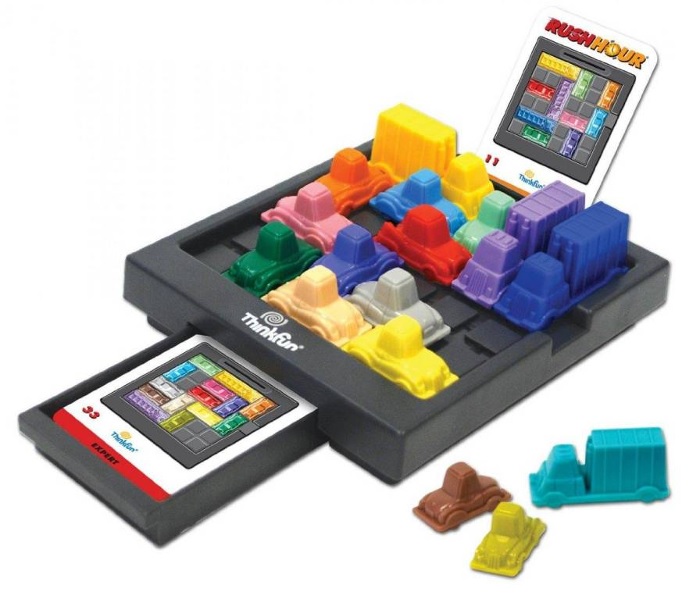Anemone proposes a workbench for describing concurrent systems using a Linda-like language, for animating them and for reasoning over them using a reachability logic. It is developed at the Faculty of Computer Science of the University of Namur, in the CoordiNam Laboratory.
Anemoneis an extension of the Scan [1] tool, presented at the Coordination’19 conference. It has been conceived with two main properties in mind.
- The tool should be simple to deploy and use. As a result, Anemone is provided as a standalone executable file. It is also based on a process algebra named Multi-Bach, that allows the user to concentrate on the key coordination and animation features and consequently to avoid the burden of handling other features such as those induced by the integration of the code in a host language.
- The tool should maintain a direct relation between what is written by the user and its internal representation. This property allows the user to better grasp what is actually computed as well as to produce meaningful traces.

Rush Hour Problem : the game as illustrated at Michael Fogleman
The Anemone project is illustrated in the following with the Rush Hour puzzle. This game can be considered as a coordination problem where cars and trucks are autonomous agents which compete on the basis of free places.
Contents:
| [1] | J.-M. Jacquet, M. Barkallah, Scan: A Simple Coordination Workbench,in: H. Riis Nielson, E. Tuosto (Eds.), Proceedings of the 21st InternationalConference on Coordination Models and Languages, Vol. 11533 of LectureNotes in Computer Science, Springer, 2019, pp. 75–91. |